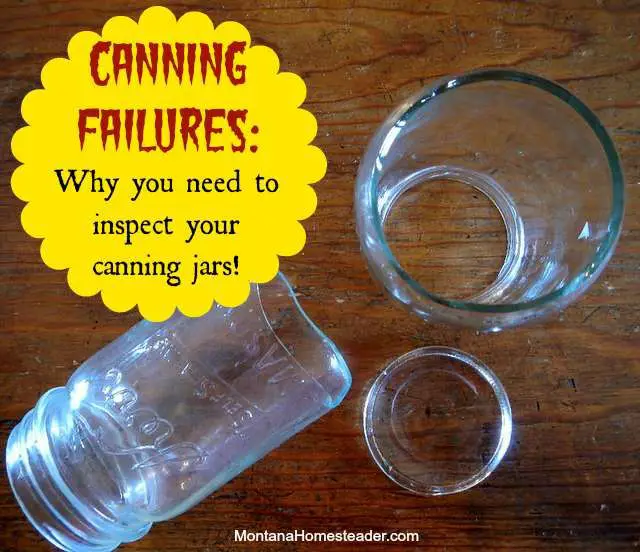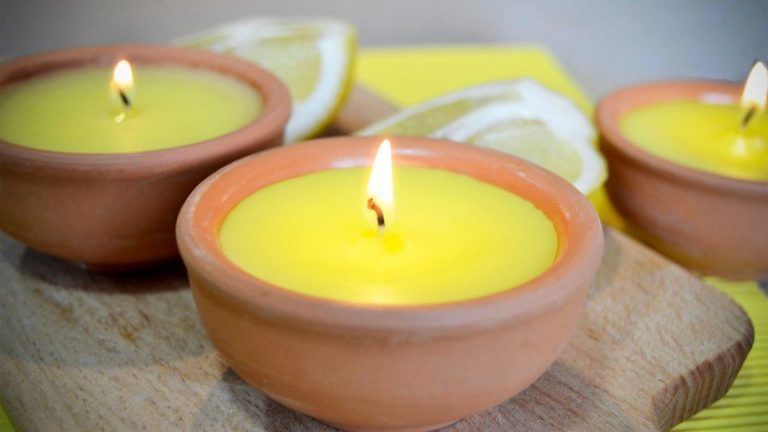Is Clean Perfume Non Toxic?
What is ‘clean’ perfume?
Clean perfume refers to fragrances made with natural, non-toxic ingredients as opposed to synthetic chemicals. While regular perfumes can contain hundreds of individual synthetic compounds, clean perfumes focus on natural essential oils, absolutes, and botanical extracts as the main fragrance ingredients.
Traditional perfume production involves combining synthetic fragrance chemicals produced in a lab to create different scents. Clean perfumery relies more on natural aromatic compounds extracted directly from plants through methods like steam distillation. This results in a more natural scent profile.
Some key differences in ingredients between regular and clean perfumes:
- Regular perfumes use synthetic musks and phthalates as fixatives, clean perfumes use natural materials like beeswax or rosin.
- Regular perfumes use artificial colorants and solvents, clean perfumes use vegetable-based carriers like coconut oil.
- Regular perfumes use synthetic acetates for fruity notes, clean perfumes extract essences from real fruit.
The production process is also more natural for clean perfumes. Everything from sourcing ingredients to bottling happens in small batches instead of mass production. The focus is on artisanal, non-toxic methods.
Common toxic ingredients in regular perfume
Many conventional perfumes contain concerning chemicals and toxic ingredients. Some examples include:
Alcohol – Perfumes typically contain high amounts of denatured alcohol, sometimes up to 90%. While ethyl alcohol itself may not be toxic, inhaling it can irritate the eyes, nose and throat (source).
Phthalates – Added to help fragrances last longer on skin and clothes. However, studies show phthalates are hormone disruptors and can cause reproductive issues (source).
Synthetic musks – Used to replicate natural musk scent. Certain types like polycyclic musks accumulate in blood, fat tissue, breast milk and are slow to biodegrade (source).
Other concerning ingredients include benzyl salicylate, limonene, styrene, which can cause irritation or act as sensitizers. Fragrances also sometimes contain hidden chemicals like formaldehyde, a known carcinogen (source).
Safer ingredients used in clean perfumes
Many clean perfume brands use safer, more natural ingredients compared to conventional perfumes. Some common ingredients include:
Essential oils like lavender, bergamot, and clary sage provide natural fragrance and have potential benefits like relaxation. Studies have found lavender essential oil can reduce anxiety levels (https://www.ncbi.nlm.nih.gov/pubmed/25114901). Bergamot oil has also been shown to reduce stress and improve mood (https://www.ncbi.nlm.nih.gov/pubmed/28112682).
Botanical extracts from flowers, fruits, and herbs also add natural fragrance. Jasmine, rose, and neroli extracts contain volatile aromatic compounds that provide pleasant scents. Extracts like chamomile, aloe vera, and calendula have skin-soothing properties as well.
Organic alcohols like grape alcohol gently dissolve and blend perfume ingredients. They are considered gentler than harsh synthetic alcohols commonly used in fragrances.
Plant oils like jojoba, sweet almond, and coconut oil help perfume adhere to skin and provide moisturization benefits.
Natural waxes aid diffusion and help perfume ingredients retain their aroma longer. Beeswax and soybean wax are common.
Overall, these natural ingredients provide safer, often therapeutic alternatives to potentially irritating chemicals found in many mainstream perfumes.
How clean perfumes are produced
The production process for clean perfumes focuses heavily on sourcing high-quality, natural ingredients. According to https://recreationbeauty.com/blogs/healthy-beauty/clean-perfume[1], clean perfumes are made with ingredients from renewable resources that are ethically and sustainably sourced. Common ingredients include essential oils, absolutes, CO2 extracts, tinctures, infusions made from flowers, fruits, leaves, resins or roots.
Another key difference from conventional perfume production is the use of non-toxic solvents like grape alcohol or coconut oil to extract and dilute the natural oils and extracts. Traditional perfumes often use harsh solvents like petrochemicals or synthetic alcohols. The purity and concentration of the natural ingredients is also carefully controlled in clean perfumery.
Overall, the production process emphasizes ethical sourcing, natural extraction methods, and maintaining the purity of the plant-based ingredients. This ensures the final fragrance has minimal impact on the environment and human health.
Testing and regulation of perfume ingredients
Perfume ingredients in the United States are not heavily regulated by the FDA. According to the FDA, “Fragrance ingredients in cosmetics must meet the same requirement for safety as other cosmetic ingredients.” However, the FDA does not require pre-market approval for cosmetics or their ingredients, except color additives. The cosmetic industry is largely self-regulated when it comes to product safety.
In contrast, European regulations on perfume ingredients are more stringent. The International Fragrance Association (IFRA) oversees safety standards and issues guidelines that European perfume manufacturers must follow. This includes testing ingredients for toxicity and setting maximum use levels for restricted ingredients. According to IFRA, “Manufacturers must comply with regulated lists of permitted ingredients and adhere to specific limits for certain components. Safety and efficacy testing is mandatory.”
Potential concerns with clean perfumes
While clean perfumes avoid many toxic synthetic chemicals, they are not necessarily risk-free. Here are some potential concerns to keep in mind:
Allergies and sensitivities: Natural ingredients like essential oils can still cause allergic reactions or skin sensitivities in some people, especially those with sensitive skin. Even though the ingredients may be plant-derived, certain essential oils are known irritants for some individuals.
Essential oils dangers: Essential oils are very concentrated plant extracts, and some have toxic effects in large doses. Certain oils like wintergreen are unsafe to use undiluted on skin. It’s important to buy clean perfumes from reputable brands that use essential oils safely at appropriate concentrations.
Lack of regulation: Clean perfumes aren’t regulated by the FDA or EPA, so brands use their own standards for determining if ingredients are natural or toxic. It’s important for consumers to do their own research into product ingredients and safety.
How to identify truly non-toxic perfumes
With the rise in clean beauty, it can be tricky to identify which perfume brands are truly using non-toxic and natural ingredients. Here are some tips:
Check for certifications like EWG Verified which indicate a perfume has met stringent standards for human health and the environment. EWG screens products for toxicity and transparency. Brands that carry their mark adhere to best practices.
Look for transparency about ingredients. Reputable natural perfumers will provide a full list of ingredients on their website or packaging. This allows you to research each component. Steer clear of brands that just say “fragrance” or “parfum” without listing the actual contents.
Seek out perfumes made by certified natural perfumers who have undergone training in safely crafting scents from botanicals. Organizations like the Institute of Natural Perfumery offer certifications programs.
When in doubt, contact the brand. Ask about any synthetic chemicals of concern and their fragrance sources. A truly non-toxic perfume will be happy to share their process and ingredients.
Tips for trying clean perfumes
When trying out a new clean perfume, it’s best to start slowly and build up to find the right amount for you. Here are some tips:
Test on skin first – Always do a skin test before applying a new perfume all over. Dab a little on your wrist or elbow and let it interact with your body chemistry for at least 10-15 minutes before deciding if you like it. Skin-testing helps you find out if a perfume works with your natural scent or causes any irritation.
Apply lighter – Start with one spritz of a clean perfume when first using it. These fragrances tend to have lighter sillage than conventional perfumes, so a little goes a long way. You can always add another spritz later if you want more fragrance.
Layer for complexity – Layering multiple clean fragrances together can create a more complex and unique scent. Try combining fresh citrus, floral, and woody scents. According to Clean Beauty, start with base notes like woods or resins, then build lighter heart and top notes on top. Allow each layer to settle before adding the next. Less is often more with clean perfume layering.
Top non-toxic perfume brands
As the demand for clean beauty products continues to rise, more and more perfume brands are formulating fragrances with natural, non-toxic ingredients. Some of the leading clean perfume brands include:
Henry Rose – Founded by Michelle Pfeiffer, Henry Rose perfumes are EWG-verified, cruelty-free, and made without phthalates, parabens or synthetic ingredients. Scents are complex yet subtle.
Skylar – Vegan and cruelty-free perfumes made with clean ingredients like coconut oil and sugar cane alcohol. Great for those who prefer light, fresh scents.
Ellis Brooklyn – Ethically-sourced botanical perfumes in unique scent combinations like salt, honey, and fig. Sustainably produced and reasonably priced.
Some other top rated clean perfume brands are Sana Jardin, Vyrao, and The 7 Virtues. They use natural essential oils and ethically-sourced ingredients to create non-toxic, luxurious fragrances.
The future of clean perfumery
The clean perfume market is poised for significant growth in the coming years driven by increasing consumer demand for natural, non-toxic fragrances. According to a report by Emergen Research, the global natural fragrance market size is expected to reach $8.8 billion by 2032, registering a CAGR of 8.8% from 2022 to 2032. This growth will be fueled by rising awareness of the potentially harmful effects of synthetic fragrance ingredients (Emergen Research).
Clean perfumery brands are innovating with novel extraction methods and sustainable practices. Brands are experimenting with extracts from flowers, fruits, resins, and other botanicals to create unique scent profiles. Advanced supercritical CO2 extraction allows brands to capture delicate aromatic molecules gently and sustainably (Markets and Markets). There is also a push towards upcycling ingredients, using plant-based alcohols, and reducing waste in packaging and manufacturing. Consumers increasingly want ethically-produced, environmentally-friendly fragrances.
The clean perfume industry is still quite small but has massive growth potential as more consumers demand non-toxic options. With innovation in ingredient sourcing and extraction methods, clean fragrances are likely to capture significant market share in the years ahead.





